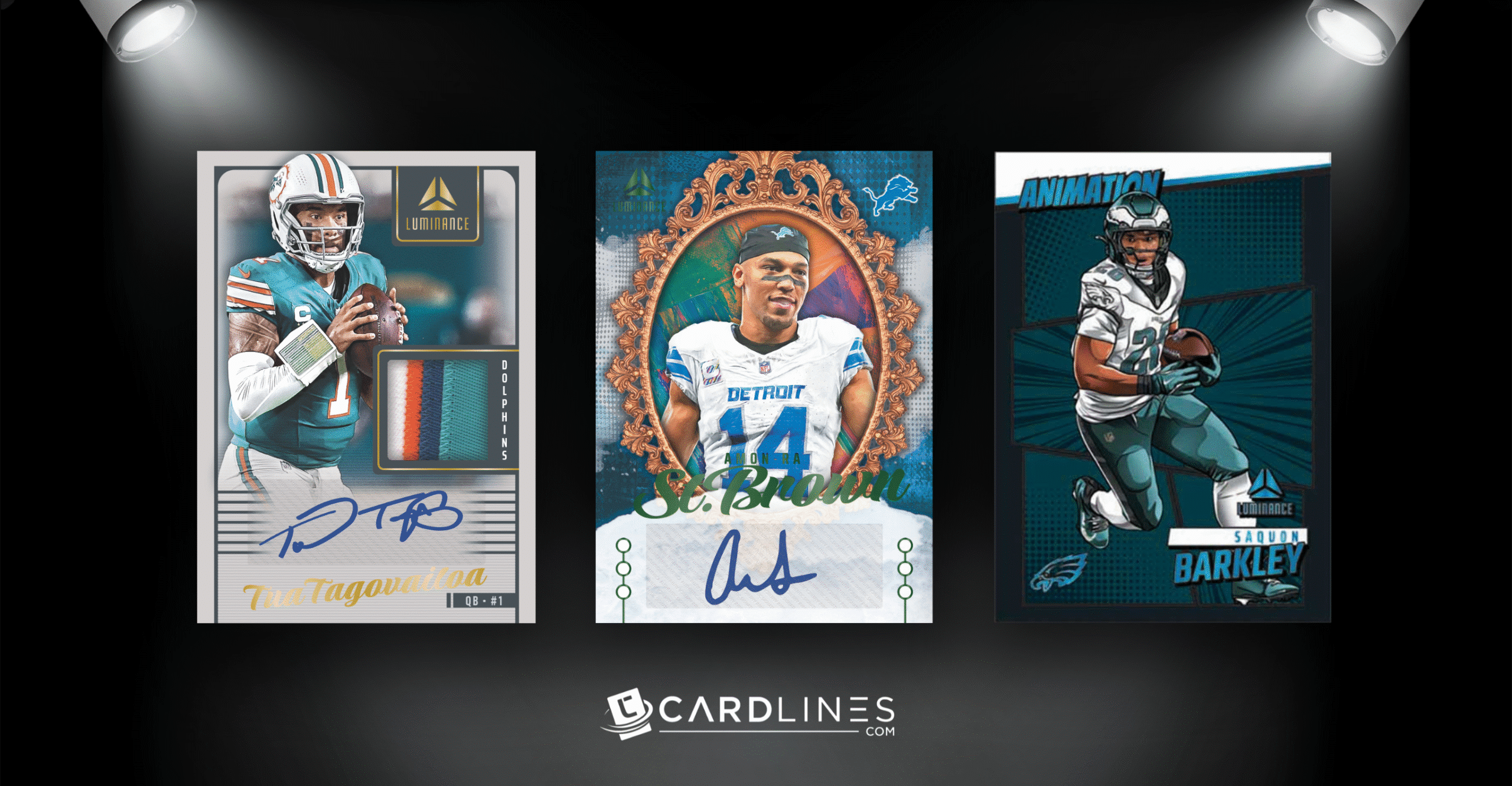

The phrase “eye appeal” gets thrown around in card collecting more than the Chiefs throw the football. Nevertheless, nobody can nail down exactly what it means or what it is. And most importantly, we will look at the relationship between eye appeal and value.
In today’s story, we’ll be defining eye-appeal in a couple of different contexts and then describe how it can affect card value, grading, and more.
Let’s dig in.
Eye appeal in sports cards refers to how the look of a card influences its value. It is most often used to describe attractive-looking cards that are not in a high-graded slab.
For example, the term can include raw cards that look like they should grade well or even low-graded cards that fetch more money than identically graded cards because they look better.
In short, eye appeal is just how the card looks. Seriously, it’s that straightforward. Do the borders pop? Does the centering do it any visual favors? Are the colors still bright? That sort of thing.
As you can tell, there’s not a concrete definition. That means that digging into its operational effects can be challenging.
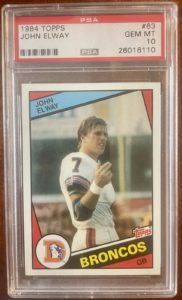
Some cards just have that unexplained pop (picture taken from eBay).
Since eye appeal incredibly subjective, the line gets blurry when it comes to grading. But the biggest players in grading and marketing recognize its importance.
Grading giant PSA takes eye appeal into account in their schematic. However, as they explain on their website, measuring the impact of eye appeal is difficult “because of the inherent subjectivity in what someone considers attractive. That said, there are two key ways eye appeal can play a role in valuation. Eye appeal can move the needle within technical grading, which can improve its market value, or it can simply act as a premium valuation asset within a technical grade.”
PWCC, a large auction house, notes that “On average, vintage trading cards with superior eye appeal have sold for 165% of market value” and uses a scale to measure such. Note that we believe PWCC is a bad actor in the business and do not recommend using them. Nonetheless, they are an important player, especially in the eye appeal aspect of the hobby.
Eye appeal matters most when beautiful-looking cards grade poorly due to technicalities. One of the most common examples of this is cards—particularly older ones—with faint creases or indentions. However, they may otherwise be gorgeous otherwise.
In many cases, the defects described can be nearly invisible to the naked eye, especially after PSA or BGS slabs the cards. But, unfortunately, they still bring down the grade quite a bit. In modern cards, you can see imperfect or creased lamination, which has a similar effect.
In other words, it’s possible to find cards that look like they should be PSA 8’s but only scored a 4.
When that happens, the collector never hesitates to point out the tough grade. Usually, you can search eBay for “regrade” and find some good examples of this. These cards, despite their grade, often sell for a premium.
On the other end of the spectrum, some cards can grade high but have poor appeal. Many of the best examples of this phenomenon are cards denoted as off-centered by PSA.
Take this Wilt Chamberlain rookie card. It is a PSA 9 OC, and you can easily see why.
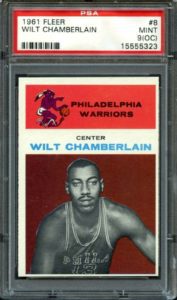
Not hard to see why this was graded OC (picture taken from eBay)
As with all OC cards, the label is PSA’s way of saying, “this card is in good physical condition with sharp corners, surface, etc., but it was screwed up by the manufacturer.”
How much does this affect the price? Quite a bit.
The highest-priced PSA 9 OC of this card sold on eBay for $17,500. Meanwhile, regular PSA 9’s of the card easily new over $40,000. That’s a significant difference.
And, to be fair, the difference between regular and OC cards is not usually that steep, but it is worth noting how much eye appeal can change the value of cards.
Some recent types of eye-appeal have recently become more and more popular among collectors.
For one, some cards are selling for more money because of the actual image on the card. For example, the 2020-21 LeBron James base Prizm features him doing the “Kobe Tribute” dunk, as collectors have dubbed it. Because of this, the value of the card soared—primarily upon initial release.
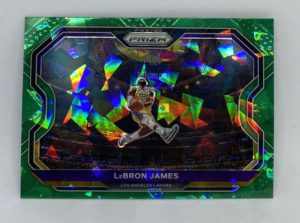
The Kobe tribute dunk card has incredible eye appeal (picture taken from eBay).
Another interesting example of the image propelling sales value is the 2012-13 Crusade Kobe base card, which has “angel wings” and a tribute card. Because of this, the base cards went from $3 to $150+. Again, that’s the power of eye appeal.
Another trendy example of eye appeal comes into play with new parallels. It’s called “color-matching,” which is when the card’s border color matches the player’s team, uniform, or jersey.
For example, a Prizm green parallel of Giannis would be a color match, and that might sell for more than an orange parallel because it looks better. In the same way, a Luka Optic blue velocity rookie would be the same thing, as would a red, white and blue Prizm of Joel Embiid.

This Embiid Red White & Blue Prizm, has that color-matching eye appeal (picture taken from eBay).
Sometimes, color-matched cards sell for more than lower-numbered versions because they look more eye-catching.
So, does eye appeal matter? In short, it does, to a degree.
But my caution would be not to put too much weight on the idea. In other words, don’t buy a card just because you think you can flip it based solely on eye appeal.
We’ve seen examples of cards that sell for more because of eye appeal and cards that sell for less than one would expect. So it can impact value and influence grading, but there’s no reliable way to figure out precisely to what degree this influence occurs.
Here’s the takeaway: as collectors, we all have preferences in looks, designs, and brands, so we all place different importance on eye-appeal in cards. So as you build out your collection, collect in a way that makes the most sense for you.
I hit a SWEET auto from the #1 overall pick at PCB hobby
The Ultimate 2024 Football Card Brand Tier List (Panini vs. Topps and more!)
2025 Topps All Star Game Mega Box Product Review
Ripping the new Topps All Star Game mega box.
Is this new sports card store the BEST VALUE around?
I Tested eBay Auction Promotions So You Don’t Have To!
I deep-dove on Fanatics Collect so you don't have to (but should you?)
Panini is launching a WNBA Product at $30,000!?
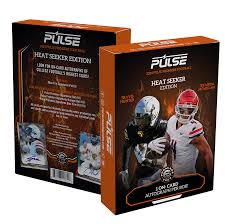


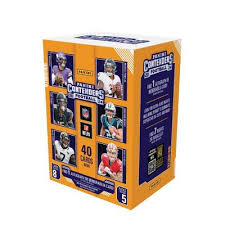
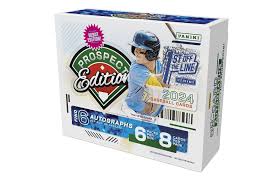
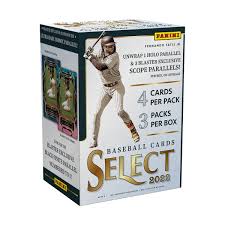
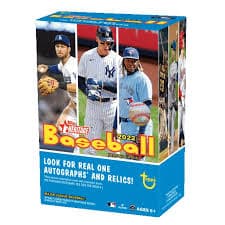
2022 Topps Heritage Baseball Blaster Box Configuration: 7 Packs per Box – 9 Cards per Box. Plus 1 extra pack.
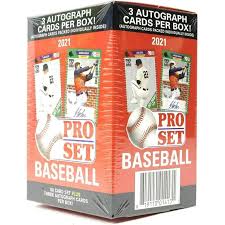
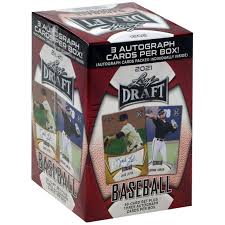
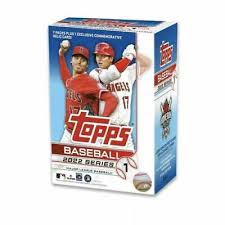
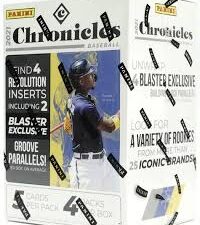
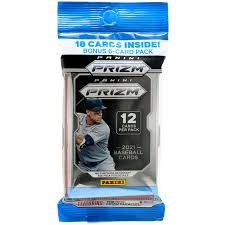
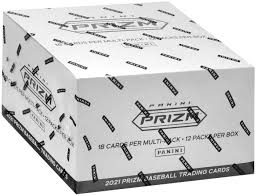

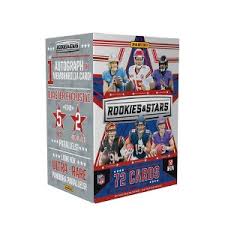
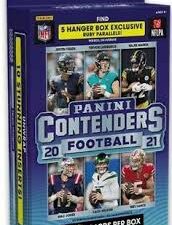
Keep up on breaking Sports Card News, our latest articles, product specials and exclusive content with expert analysis of hobby trends.

© Copyright 2025 - All rights reserved Cardlines.com / Media Techs LLC - Sports Card News, Reviews, Releases and BREAKS - #thehobby.
Important: When you click on links to various merchants on this site and make a purchase, this can result in this site earning a commission. Affiliate programs and affiliations include, but are not limited to, the eBay Partner Network.
Sports Card Scavenger Hunt! (5,000 Subscriber Special!)
Cardlines 14 hours ago